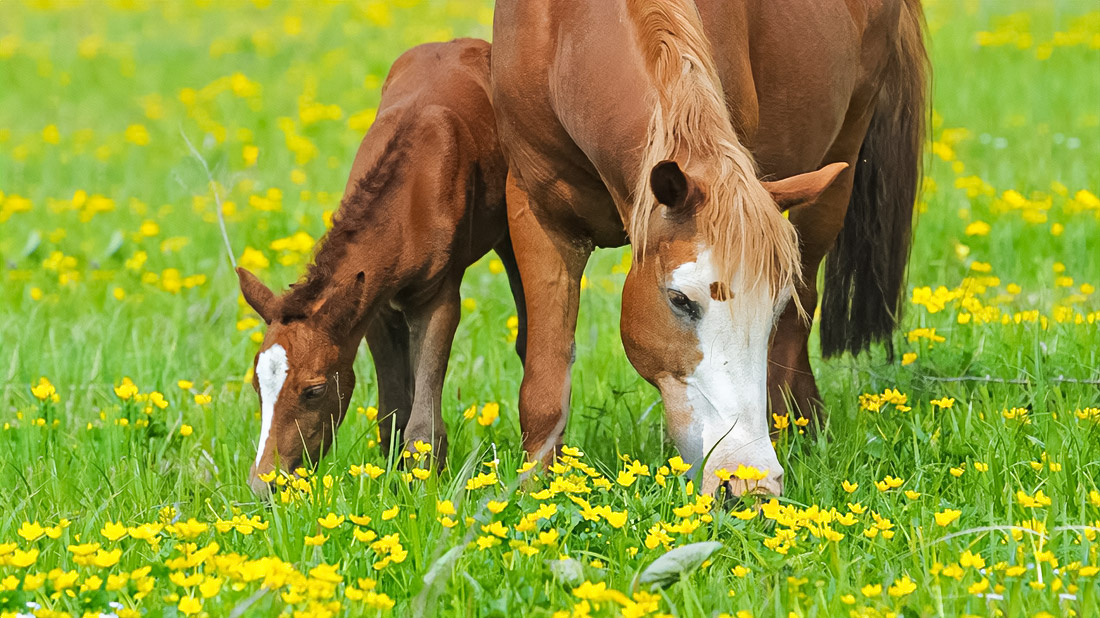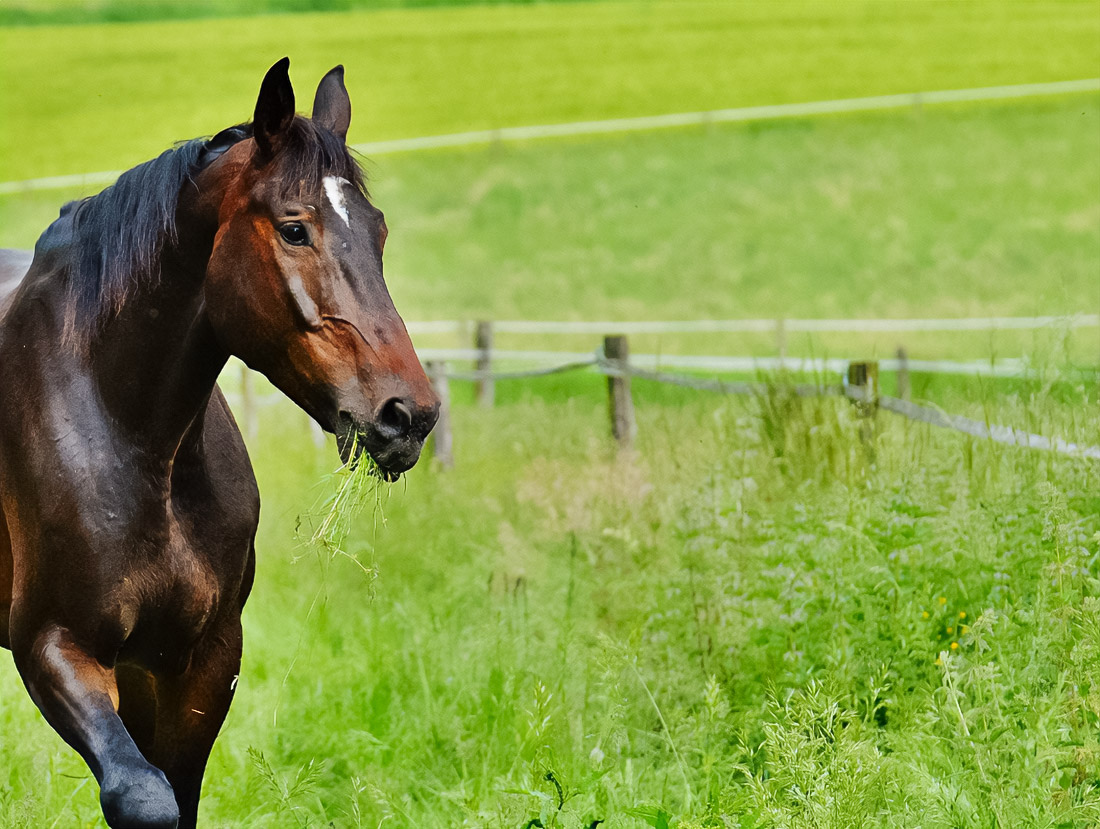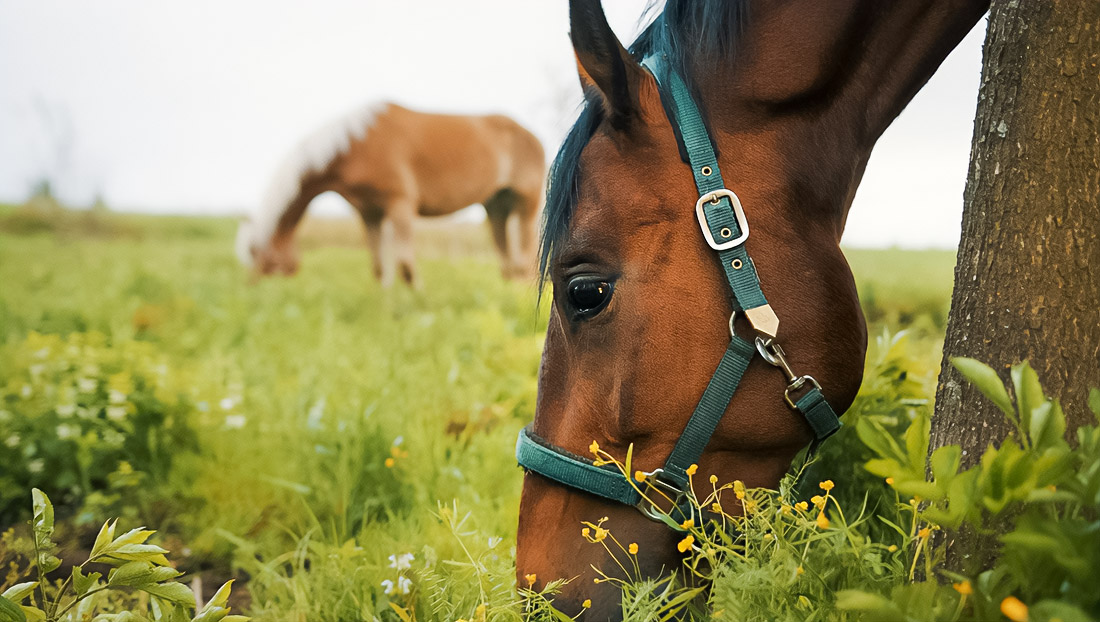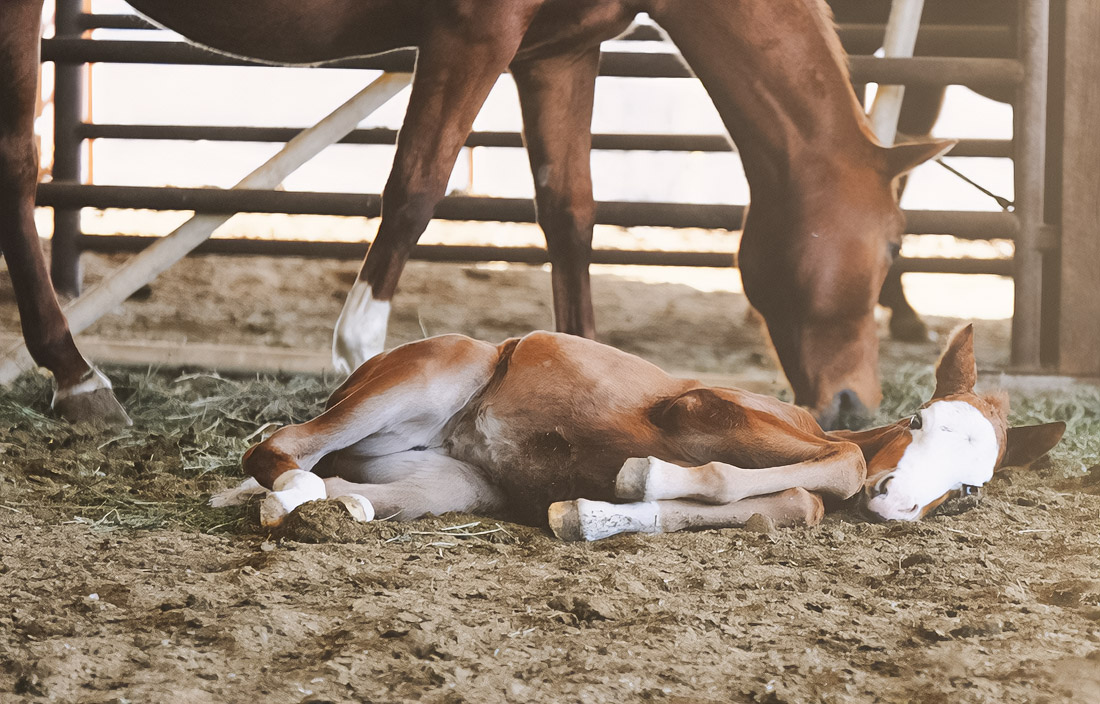The antioxidant protection of the horse rests on selenium and alpha-tocopherol. Deficits are linked to muscle weakness, rhabdomyolysis, and neurological disorders. Therefore, in practice, whole blood selenium, plasma alpha-tocopherol, and plasma beta-carotene are evaluated together. These lab values are interpreted alongside exercise load, pasture access, feed types, and supplementation doses to form a holistic view of status.
Design and Research Methodology

A cross-sectional study enrolled 349 animals and analyzed 331 adult horses and mules from 49 farms. Blood was collected over three weeks in August 2017. The region covered ≈31,400 square miles with low soil selenium; the average soil level was ≈0.17 ppm (range 0.12–0.27 ppm). Each horse provided ≈15 ml of blood: whole blood for selenium, plasma for alpha-tocopherol and beta-carotene. Reference ranges used were: for selenium, deficiency <80 ng/mL, marginal 80–159 ng/mL, adequate 160–275 ng/mL, high >275 ng/mL; for alpha-tocopherol, deficiency <1.5 μg/mL, marginal 1.5–2.0 μg/mL, adequate >2.0 μg/mL. Statistical methods included t-tests, Mann–Whitney, ANOVA, Kruskal–Wallis, Spearman correlation, Fisher’s exact test, and odds ratio with 95% confidence intervals.
Selenium in Whole Blood: Levels, Risks, and Workload

The mean of whole blood selenium was 210 ± 66 ng/mL (n = 331). Deficiency was found in 3.3% of animals and marginal levels in 13.6%; adequate values occurred in 68.3%, and high values in 14.8%. Supplementation was common: 87.6% of horses received selenium, 71.3% at ≥1 mg/day, with an average intake of 2.89 ± 1.46 mg/day. Lack of directed supplementation markedly increased risk; salt blocks alone did not provide protection. The odds ratio for non-supplemented horses having low selenium was 20.2 (95% CI 9.26 — 42.7; P < .001). Exercise load mattered: low- and high-work groups showed higher selenium than horses without forced work, likely reflecting more consistent ration management. Selenium form was less important than total intake; the daily dose remained the key, whether from sodium selenite or selenomethionine.
Plasma Alpha-tocopherol: the Role of Grazing and Dosage

Mean of plasma alpha-tocopherol was 2.56 ± 1.13 μg/mL. Deficiency (<1.5 μg/mL) occurred in 15.4% of horses and marginal values (1.5 — 2.0 μg/mL) in 19.9%, meaning over a third were suboptimal. Pasture access >6 h/day consistently associated with higher alpha-tocopherol. Even with <500 IU/day supplemental vitamin E, horses with green pasture were less likely to be deficient (OR 2.76; 95% CI 1.18 — 6.10; P = .02 favoring grazing). With limited pasture, aiming for ≥500 IU/day is reasonable. At the population level, the actual dose and feed quality outweighed product form. A weak positive Spearman correlation linked alpha-tocopherol with whole blood selenium (r ≈ 0.316; P < .001), highlighting coupled antioxidant status.
Plasma Beta-carotene: a Marker of Green Forage
Mean plasma beta-carotene was 0.19 ± 0.33 μg/mL. With pasture access, values were higher (0.26 ± 0.43 vs 0.12 ± 0.13 μg/mL; P = .003). The correlation between beta-carotene and alpha-tocopherol was stronger in adequately grazed horses. More green grass means greater carotenoid flow, vitamin A precursors, and co-occurring antioxidants.
Practical Diet and Monitoring Steps
- Coordinate closely with your horse feed suppliers in Dubai when setting targets and verifying labels.
- Maintain ≥1 mg/day selenium for horses in low-selenium regions; do not rely on salt blocks as the sole source due to variable intake.
- With limited pasture access, aim for ≥500 IU/day vitamin E; when possible, provide >6 h/day green pasture, which naturally supports alpha-tocopherol.
- Track exercise load; structured programs often correlate with better supplementation adherence and stable whole blood selenium.
- Use reference ranges (selenium 160–275 ng/mL; alpha-tocopherol >2.0 μg/mL) and treat marginal bands as signals to review dose, source, and actual consumption.
- Let statistics guide decisions: large odds ratios with stable P-values justify timely correction.
- Re-test after changes to confirm trends and avoid false conclusions.
Key Figures in Practice
About 52.6% of horses grazed >6 h/day. Selenium supplementation reached 87.6% of the population, and 71.3% met ≥1 mg/day. Vitamin E use reached 87.3%, with 57.7% at ≥500 IU/day. Suboptimal status remained prevalent: selenium up to 16.7%, alpha-tocopherol up to 35.5%. These numbers support routine screening, especially on cured hay with limited grazing and in low-selenium soils.
Whole blood selenium averaged 210 ± 66 ng/mL, yet the absence of supplementation sharply raised deficiency risk (OR 20.2; 95% CI 9.26 — 42.7; P < .001). Plasma alpha-tocopherol averaged 2.56 ± 1.13 μg/mL, with more than one-third of horses deficient or marginal. Pasture access >6 h/day reduced deficiency probability even at <500 IU/day, while ≥500 IU/day is advisable when grazing is limited. Plasma beta-carotene reliably signals green forage and tracks with alpha-tocopherol. Effective programs combine targeted supplementation, high-quality forage, thoughtful load management, careful interpretation of homeostasis effects, attention to pre-analytical factors, and repeat measurements to lock in durable antioxidant status.




